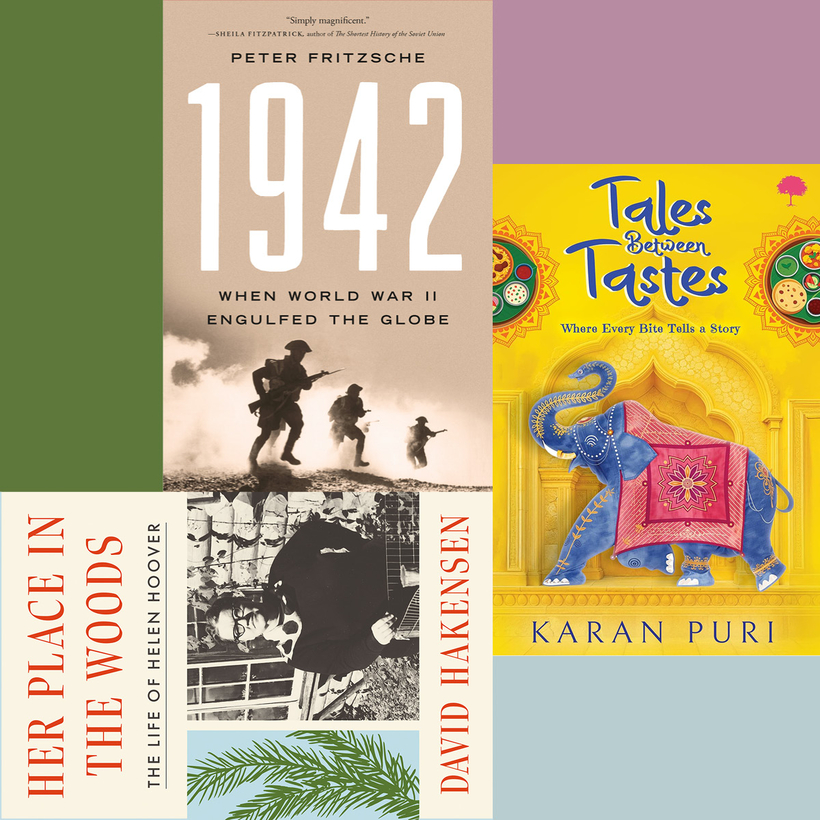Peter Fritzsche is one of our foremost historians of World War II, and it is no exaggeration to say 1942 is his masterpiece, told from the year that the entire world was thrust into the conflict. It is a harsh reminder that, though we know how things turned out, the outcome was not at all certain in 1942, when the German and Japanese armies were at the height of their powers. Even the fate of Stalingrad was still up in the air that autumn, in a battle that claimed 500,000 Soviet soldiers before the Germans retreated. Fritzsche’s gift is bringing the story alive with accounts from soldiers and civilians alike, and in assessing how the war sparked and revived the flames of ethnic hatred around the world, and that in many respects still persist. 1942 is the perfect kind of history, engrossing and well told with lessons for us today.
Do not be fooled by the fact that this is a children’s book, since, like The Little Prince, adults also will be charmed and entertained by these stories about food, its traditions, and, most importantly, the magic that comes from cooking, eating, and sharing. Whether it is a tale about Indians sharing green chutney on the island of Mauritius or a dream about making mango ice cream to appease Alexander the Great, each one features a child who is usually wiser and funnier than his or her parents. And such vibrant language! Wearing shoes too small, one boy notices that, “with every step, his feet made noises like angry frogs.” Or the mother that smelled delicious, “the kind that made your stomach argue with your brain.” Best to read this enchanting book with snacks nearby.
Nature writers come in all stripes, from those who live by a pond for a couple of years in Massachusetts to those who travel the world. In 1954, Helen Hoover left a job in Chicago and moved with her husband to live year-round in their cabin on Gunflint Lake, in the northern Minnesota woods. They had no electricity, no running water, and little experience living off the grid. But they did need money, so Hoover wrote National Geographic asking if they would like an article about a city couple suddenly moving to a life without conveniences. That led to her first book, The Long-Shadowed Forest, a keen and elegantly written account of the woods and animals around her. Several books followed, most notably The Gift of the Deer (1966) and A Place in the Woods (1969), but her health and unhappiness about how the wilderness was being developed led her and her husband to spend their last years elsewhere. David Hakensen does a deft and stylish job in describing Hoover’s hardships in making a living from her passions, but readers are left enriched by her prose.
Jim Kelly is the Books Editor at AIR MAIl. He can be reached at jkelly@airmail.news

